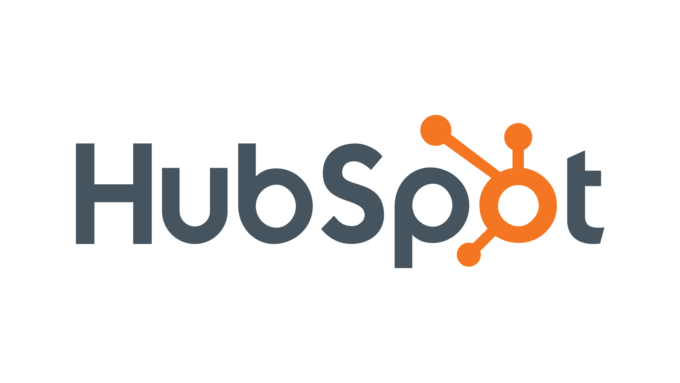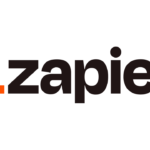
What is HubSpot?
HubSpot is an all-in-one Customer Relationship Management (CRM) platform designed to help businesses manage customer interactions, boost sales, and improve service efficiency. It’s free to use and suitable for both B2B and B2C operations. By centralizing customer data, HubSpot enables businesses to better understand customer needs, optimize marketing strategies, and enhance satisfaction.
Key Features and Benefits of HubSpot CRM
1. Centralized Data Management
HubSpot organizes data into four main types:
- Contacts: Individual customer profiles with detailed personal information (e.g., name, email, phone) for personalized communication.
- Companies: Information on client organizations, ideal for B2B relationships, including industry, size, and company name.
- Deals: Tracks sales pipeline and performance, enabling sales process optimization.
- Services: Manages post-sale support to improve customer satisfaction and service quality.
2. Easy Data Import and Synchronization
- Manual Import: Enter data individually or upload CSV/Excel files—ideal for small datasets or initial setup.
- Automatic Sync: Integrate with tools like Gmail, Outlook, or payment systems to auto-sync contact and communication data.
3. Integrated Multi-Channel Communication
- Email: Send, receive, and track emails directly from the CRM.
- Phone: Log and review call records for future reference.
- Messaging Apps: Sync platforms like WhatsApp and Messenger.
- Live Chat: Engage customers on your website in real time.
- Social Media: Capture conversations from platforms like Facebook Messenger directly into the CRM.
4. Customer Segmentation via Custom Properties
Customize and assign properties (e.g., customer type, product interest) to contacts, companies, deals, or services. This enables:
- Targeted marketing
- Precise data filtering
- Better customer insight
5. Data Linking and Custom Objects
- Relationship Mapping: Link contacts to companies for a full view of business relationships.
- Custom Objects: Create unique data structures (e.g., projects, suppliers) to suit your business model (available in the Enterprise plan).
How to Use HubSpot CRM Effectively
Data Import Best Practices
- Single Entry: Manually input contact/company details.
- Bulk Upload: Use formatted Excel/CSV files for batch import.
- Email Integration: Connect Gmail/Outlook for automatic contact and communication logging.
- Third-Party Tools: Use Zapier to sync data across platforms effortlessly.
Unified Communication Management
- Shared Inboxes: Connect team email accounts to centralize communication.
- Live Chat: Enable website-based conversations, with all chat logs stored automatically.
- Social Integration: Link accounts like Facebook to manage customer messages within HubSpot.
Smart Customer Segmentation
Create and assign custom properties based on behavior, preferences, or engagement level. Use filters to:
- Identify specific customer groups (e.g., VIPs, product-specific buyers)
- Design targeted campaigns
- Improve sales conversion
Workflow Automation
Automate repetitive tasks to save time and improve consistency:
- Email Automation: Send personalized emails based on customer actions.
- Task Assignment: Automatically assign follow-up tasks to sales reps.
- Reminders: Set alerts to prevent missed opportunities or delayed responses.
Conclusion
HubSpot CRM empowers businesses to streamline operations, unify customer interactions, and automate workflows—all within a single, intuitive platform. Whether you’re managing sales, support, or marketing, HubSpot helps you stay efficient, informed, and customer-focused.



